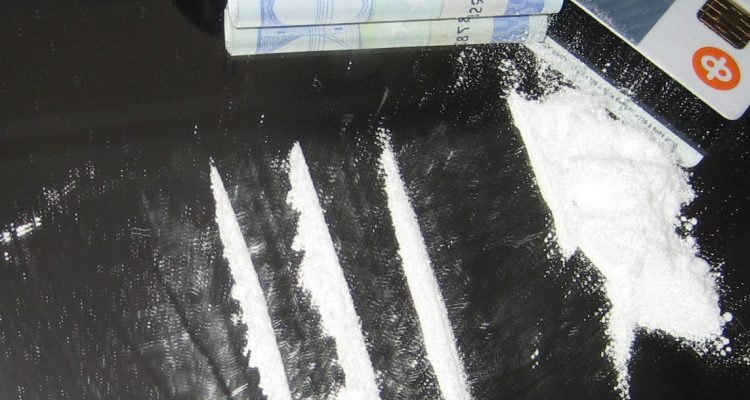On a college campus, it’s normal to expect drugs present on the party scene or behind closed dorm doors. While many are aware of their use, students are often reluctant to speak out on the topic so that their name is not attached to the topic of drugs.
A drug often tied to a younger, affluent crowd, like Fairfield University, is cocaine.
The Foundation for a Drug Free World breaks down the effects of cocaine, saying that it causes “a short-lived, intense high that is followed by an intense depression, edginess, and craving for more.”
According to the assistant director of the Department of Public Safety John Ritchie, DPS has only had 28 cases of cocaine since 1999. The last time cocaine was found on campus was Nov. 28, 2016. He believes that there is a discrepancy between how many cases there are and how big of a presence cocaine has on campus.
“We are aware of the drug on campus, but it’s easier to conceal cocaine than other drugs, such as marijuana, since it doesn’t have a scent,” said Ritchie.
From DPS’ records, alcohol is the number one drug on campus, followed by marijuana. Despite this, Fairfield students have noticed the presence of cocaine as well.
“I’m not aware of a cocaine issue on campus, but I’m sure it is. I have heard of people using it here, but not frequently,” said Allison Havner ’20.
DPS has also documented the presence of pills, such as Adderall and Ritalin, on campus.
“We often find those medications without a prescription,” said Ritchie
Assistant Vice President and director of Counseling Susan Birge explained that drugs like Adderall and Ritalin are often gateway drugs to cocaine.
“Once Adderall and Ritalin are used recreationally, it’s easy to get a high from them. Cocaine produces an effect that is much greater than that,” said Birge.
Clinical coordinator Lisa Arnold explained that cocaine is rarely used as a party drug by itself on college campuses. Once it’s being mixed with alcohol or other drugs, it becomes difficult to isolate the effects of the drug.
“Students have told me that once cocaine takes effect, it feels like a hundred Christmases, but the crash is often so severe that they may need another substance, like Xanax, to get out of bed,” said Arnold.
A student who wishes to remain anonymous described her own experience with cocaine.
“I enjoy it in the moment. I’m happier, more alert and I can’t stop moving. Coming down from the high brings down my mood and takes a physical toll on me too,” said the student.
Although there has only been one reported incident of alleged cocaine use to the Dean of Students Office, associate Vice President and dean of students Karen Donahue discussed the policies if one is caught with cocaine.
“If found responsible, sanctions will be assessed based on the behavior in question but can include disciplinary probation, loss of housing, dismissal, expulsion, drug education, a fine and/or referral for evaluation or counseling,” said Donahue.
Although there could be legal repercussions following cocaine possession, Birge expressed her desire for students to seek aid with Counseling and Psychological Services.
“We don’t pretend everything is fine. We care about our students and want to address drug use head on,” said Birge. ”What supersedes the fear and the stigma of coming forward is that we really want to help. We understand no one desires to be an addict.”
Students were aware of the use of the drug on campus, but not the services the University provides to those struggling with addiction or abuse. Birge described “the Fairfield approach” as one that includes education, prevention, assessment, intervention, coordination of care and a Collegiate Recovery Program, which allows recovering students to live off-campus and balance recovery with education.
Many students declined to comment because they did not want to be linked to cocaine use.


Leave a Reply